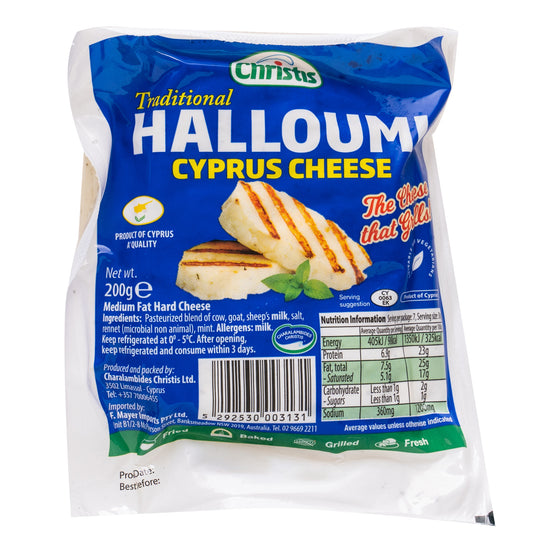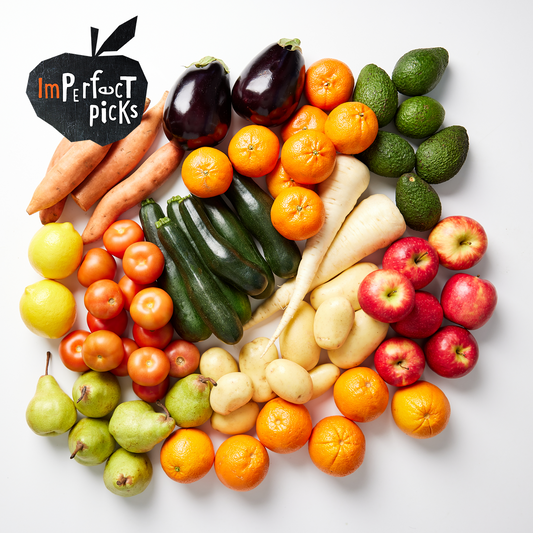Ancient grains are in vogue. They’re being prized for their nubbly and silky textures, nutty taste, nutritional density and flexibility. Many of them are solid sources of slow releasing carbohydrates, fibre and protein. And some, like buckwheat, amaranth and quinoa are gluten-free (if that’s what you need).
 Cooking ancient grains couldn’t be easier. Most of them can be cooked by combining one part of grain with two parts liquid. From there you bring the pot to the boil, reduce the heat to a simmer, clamp on a lid and then cook until the water has been absorbed. You can tell if the grains are cooked if they are tender but still firm to the bite.
Cooking ancient grains couldn’t be easier. Most of them can be cooked by combining one part of grain with two parts liquid. From there you bring the pot to the boil, reduce the heat to a simmer, clamp on a lid and then cook until the water has been absorbed. You can tell if the grains are cooked if they are tender but still firm to the bite.
What should you do with them? Try preparing them in batches to keep in the fridge, and use them as a head start for hearty salads with fresh herbs, roast vegetables and crumbled feta, or to bulk out warming soups or stews. Put them to work in place of oats for bircher muesli, or porridge in the morning with warm almond milk and stewed fruit. Try baking muesli bars with them, use them as an alternative to rice in mushroom risotto or deploy them as a side dish in place of couscous or polenta.
Here are some of our favourites:
Pearl Barley: Barley is one of the world’s oldest cultivated grains. Pearl Barley is produced by milling the barley to remove the tough hull. Because the fibre in barley is distributed throughout all of the grain it considered by many to be a whole grain and is a good source of fibre. Pearl Barley can be used as a base for salads, in risottos, soups or salads. Try adding it to lamb hot pot, or make a pumpkin risotto with it. It’s also a good substitute for rice, farro or spelt. It will take 2 ½ to 3 cups of liquid to cook 1 cup of pearl barley. 1 cup of dry grain will produce 3 - 3 ½ cups of cooked grain. It will take between 30-40 minutes to cook. Try pearl barley with pesto & roasted toms, recipe here.

Amaranth: Amaranth may look like a grain but it is actually a gluten-free pseudocereal. These tiny seeds have a unique texture. Even when cooked, amaranth’s exterior will be soft and silky, but the centre will still have a little bite. It’s a great way to bulk out soups, tagines and porridges. It will take 2 ½ - 3 cups of liquid to cook 1 cup of amaranth. 1 cup of dry grain will yield 2 cups of cooked grain. It will take 20-25 minutes to cook. Try amaranth in a Harira soup, recipe here. 
Buckwheat: Despite its name buckwheat is also a gluten-free pseudocereal that comes from a flowering plant related to rhubarb and sorrel. It’s got a triangular shape and an earthy flavour. It can be found in Japanese and Slavic cuisine. Buckwheat is also the flavour found in the distinctive crepes from Brittany. Try using it with mushrooms, miso, or strong flavours like beetroot or beef. It will take 1 & 3/4 - 2 cups of liquid to cook 1 cup of buckwheat groats (what the kernels are known as). 1 cup of dry grain will yield 3 cups of cooked grain. It will take 12-15 minutes to cook. Try buckwheat groats with mushroom, spinach & miso, recipe here.

Quinoa: Originally grown in the Andes, quinoa was one of the staple foods of the Incas and known as the ‘mother of all grains’. Quinoa is also not technically a grain, but rather a seed that’s a relative of spinach, chard and beets. It can come in ivory, red, purple and black. It can be used anywhere you would use couscous, rice, or bulgur wheat. Try using it in tabbouleh, or adding it to chicken soup. Quinoa should be rinsed before cooking to remove a bitter coating. It will take 1 ½ - 2 cups of liquid to cook. 1 cup of dry quinoa yields 3 cups of cooked grain. It will take 10-15 minutes to cook. Try quinoa in these apricot bars, recipe here. 
















